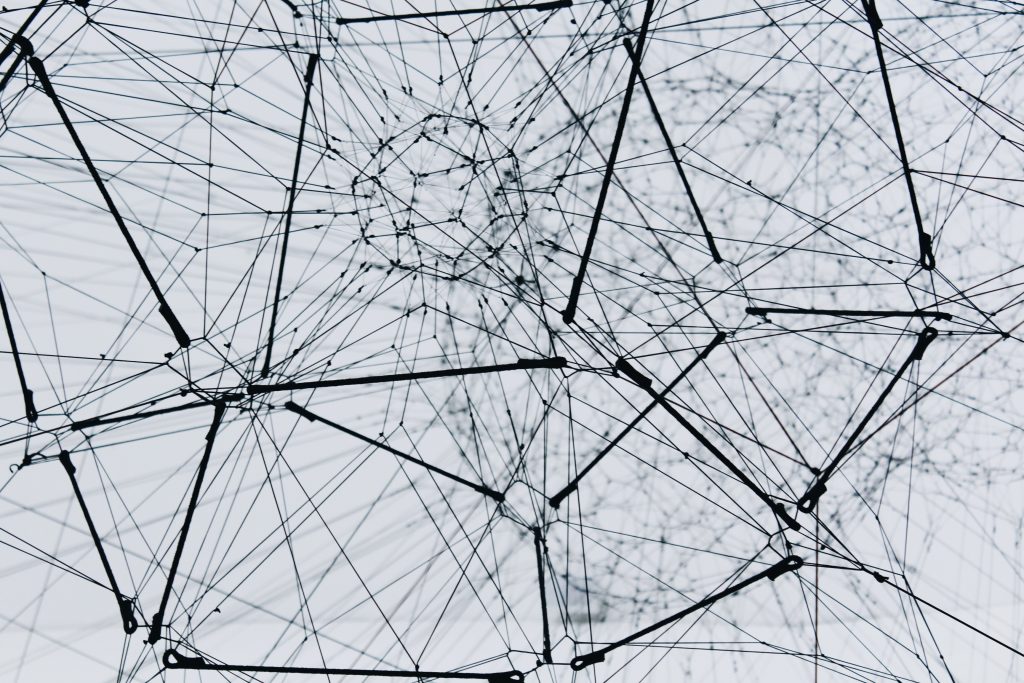AI Language models are taking over the world by storm. Every other day, we hear research being conducted using ChatGPT-based models. For instance, an engineer recently integrated ChatGPT with Boston Dynamics’ Robot Dog, Spot. In another piece of news, an AI based on the GPT-4 model was being used to plan Defense and War Strategies.
The Breakthrough can help Patients with Locked-in Syndrome
Now, another recent breakthrough achieved by researchers at the University of Texas at Austin in decoding functional magnetic resonance imaging (fMRI) signals of the human brain using a neural network marked a significant step forward in the field of neuroscience. The use of GPT-1 model in analyzing fMRI data and decoding cortical semantic representation of continuous language opens up new avenues for the development of non-invasive methods of exploring the brain’s neural activity.

This research has great potential to help patients with conditions such as locked-in syndrome, where patients are unable to communicate due to paralysis. The use of non-invasive methods for decoding the neural activity of the brain could provide a means for patients to communicate with others and express their thoughts, thereby enhancing their quality of life.
Furthermore, this research also has the potential to revolutionize the field of artificial intelligence by enabling machines to better understand human language and communication. The ability of the neural network to decode the brain’s semantic representation of language could have far-reaching implications for natural language processing and the development of conversational AI.
The breakthrough achieved by the researchers at the University of Texas at Austin is a significant step forward in the field of neuroscience and has the potential to benefit both patients and the development of artificial intelligence. The use of non-invasive methods for decoding neural activity in the brain has enormous potential for future research and could lead to significant advancements in our understanding of the brain and its functions.
RELATED:
- Microsoft plans to sell private ChatGPT to businesses, a pricey but secure alternative
- ChatGPT returns to Italy after addressing data privacy concerns
- Best ChatGPT Prompts for Web Developers
(Via)







